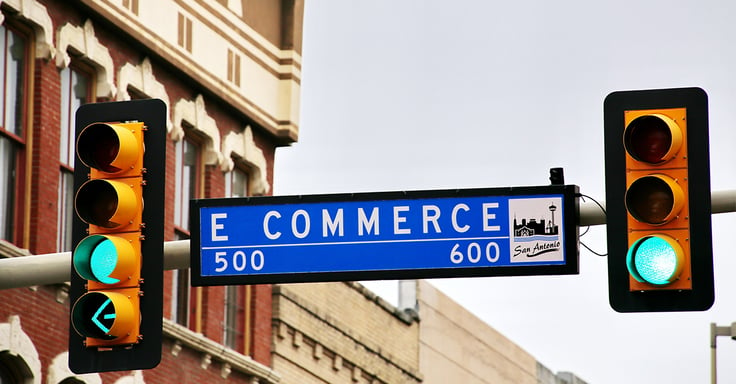During a Litium customer and partner event held earlier this year – three of Litium’s customers; Vinga of Sweden, Pacs On and Lindex tackled questions about customer expectations, internationalization and sustainability and offered their views on the future of e-commerce. We have gathered the highlights from the discussion here.
Vinga of Sweden is growing on the international level What are the lessons you have learned from that, and what are your recommendations for others who want to enter a new market?
Niklas Larsson – Business Developer, Vinga of Sweden:
“Three years ago, we started cultivating the German market, and that was really when we learned the biggest lessons. We are quite widely known in Sweden, with over 600 resellers and a strong focus on building relationships. When we started out in Germany, we thought we could keep doing things the same way we do in Sweden, but it didn’t work at all because the sales process is completely different there with a much greater focus on cold calling. We simply needed to go back to the drawing board and decided to take a new approach by analyzing the market. Given the fact that our business is largely based on corporate gifts, we took a closer look at the tax limits for giving gifts and also analyzed traditions around gift giving in Germany. We mapped out where and when gifts are given and also added a dedicated resource staff member to cultivate our new markets in depth. We have seen significantly better results from this effort, and it has increased our sales in the German market by around 260 percent over the past year.”
How are you working to improve the customer experience?
Cecilia Brodén – public relations specialist, Pacs On:
“When it comes to improving the customer experience, it is, of course, important to listen closely to your customers. Our sales team has a very close relationship with the customers, and this allows us to determine which features on our website they are happy with and what, if anything, might be missing. Based on this kind of input, we develop and improve these features to create a better customer experience. This can be about anything from the information that will be replicated from Enterprise Resource Planning, to better product information and images. Over the long term, we will also work more with personalization so that the customer sees more relevant, individualized content.”
What are you doing to meet changing customer behaviors and expectations?
Johan Edling – Enterprise Architect, Lindex:
“A lot is being done, of course. For starters, we benefit from the customer insights we gain by analyzing the trends we see. We do this, for example, through focus groups with customers who we ask about our products or online services. We hold a customer panel every week; we ask questions to find out what they think of us, what captures their interest and so on. We gather this information and then discuss what we can do to act on this input.”
How have customer requirements changed from a sustainability perspective?
Cecilia Brodén – public relations specialist, Pacs On:
“That is an incredibly important question. We have clearly noticed that it is an important focus for our customers and we are getting a lot of questions and assignments related to helping them in their sustainability work. Our role as a supplier is then largely about advising our customers. It can be about helping our customers reduce their material consumption for wrappings and packaging, and when it comes to transport, we can ensure green logistics flows. We can also advise our customers on best practices and product choices that reduce their environmental impact.”
What are trends in e-commerce that you think will be crucial to your future?
Niklas Larsson – Business Developer, Vinga of Sweden:
“Trendspotting is always difficult, but what we see based on a B2B perspective, is that users are becoming increasingly mobile. We can already see that more and more people are placing their orders from their phones or other mobile devices. And then I think that the product search feature will become increasingly important – the ability to search for relevant information on the website.
Johan Edling – Enterprise Architect, Lindex:
“My personal insight is that the customer’s patience is increasingly wearing thin. Therefore, speed will become more and more important. We need to capture those few microseconds that otherwise might mean losing the customer to someone else. Zero tolerance for delay, short and sweet.”
----
Would you like to read more about Litium’s customers and listen to their stories? Visit www.litium.com/customers. Or contact us at curious@litium.com.
